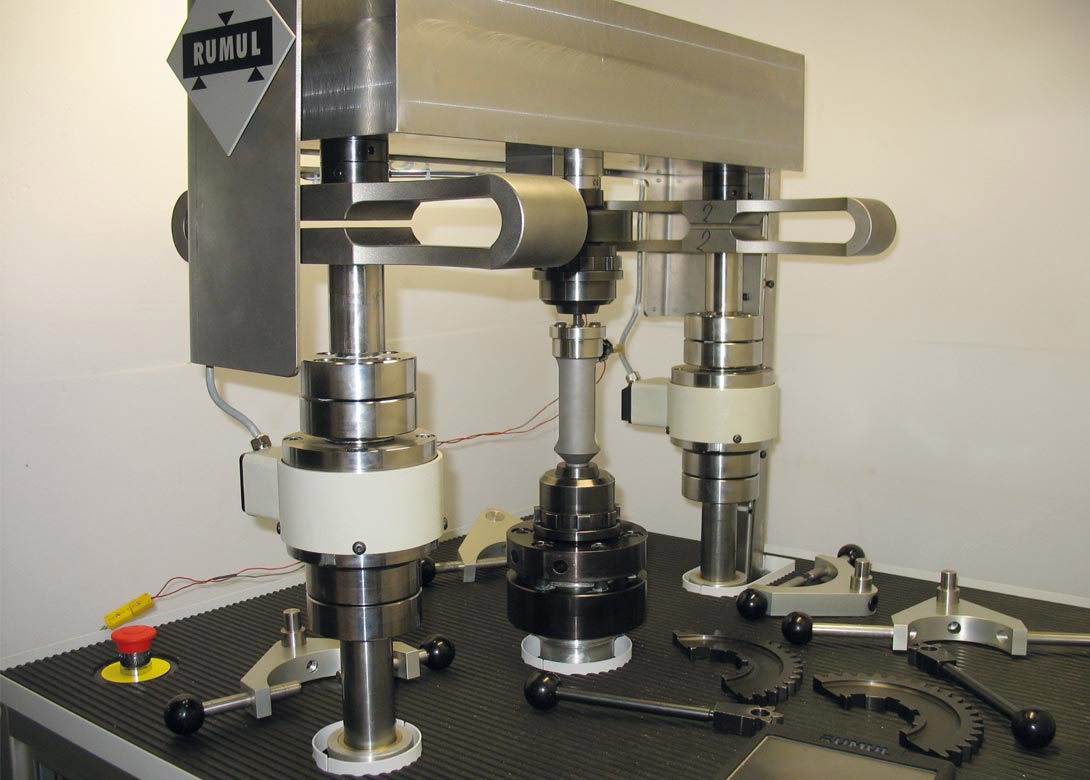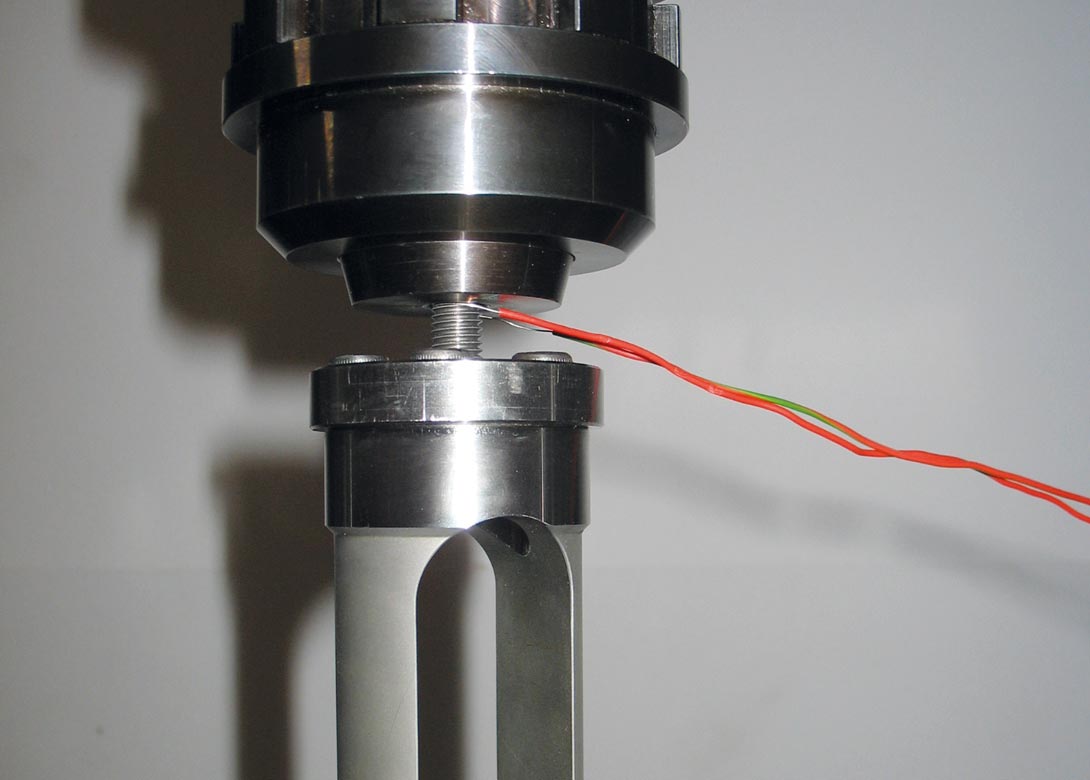
High fatigue strength is an important characteristic of high strength bolts used for connections that are subject to high alternating loading. Here RUMUL looks at the best options for testing for high fatigue strength.
Axial fatigue testing is part of the specification of high loaded bolts used, for example, in aero and car engines, with resonant fatigue testing machines ideal for testing bolts. Thanks to the high testing frequency of about 40Hz up to 250Hz, the test duration is short compared to servo-hydraulic testing machines and they require extremely low energy and maintenance cost.
In 2015 RUSSENBERGER PRÜFMASCHINE AG (RUMUL) presented a new resonant fatigue testing machine, allowing a testing frequency of 1,000Hz. The dynamic load (maximum: 50kN peak-peak) is produced by an electro-magnetic system, similar to established resonant fatigue testing systems. The static load (maximum: +/-50kN) is provided by two mechanical spindles. Any load ratio can be selected.
A high testing frequency may affect the fatigue strength, depending on material and loading. Damping related to microscopic, plastic deformation is transferred to heat and is proportional to the loading frequency. The change of material properties related to temperature rising is one of the most dominant frequency-related effects on fatigue life. Maintaining the specified temperature range is therefore a basic requirement for fatigue testing.
RUMUL carried out a fatigue test at 1,006Hz on a M9 x 1.25 bolt. The mean load was set to 37.9kN, and the amplitude to +/-8kN. The crack was initiated after approximately 120,000 load cycles. A reduction in frequency by 0.5Hz was related to a change of the stiffness of the specimen and indicated the crack initiation. The temperature of the bolt was measured by a type K thermocouple during testing and recorded. The temperature increased by only 0.5°C.
“The RUMUL GIGAFORTE allows the reduction of time needed for fatigue testing of high strength bolts – with one million loading cycles reached in less than 17 minutes – and also requires less energy compared to servo-hydraulic fatigue machines,” explains RUMUL. “We recommend carrying out a pre-test at RUMUL to evaluate any effect of the testing frequency on the fatigue life.”


Will joined Fastener + Fixing Magazine in 2007 and over the last 15 years has experienced every facet of the fastener sector - interviewing key figures within the industry and visiting leading companies and exhibitions around the globe.
Will manages the content strategy across all platforms and is the guardian for the high editorial standards that the Magazine is renowned.
Don't have an account? Sign Up
Signing up to Fastener + Fixing Magazine enables you to manage your account details.